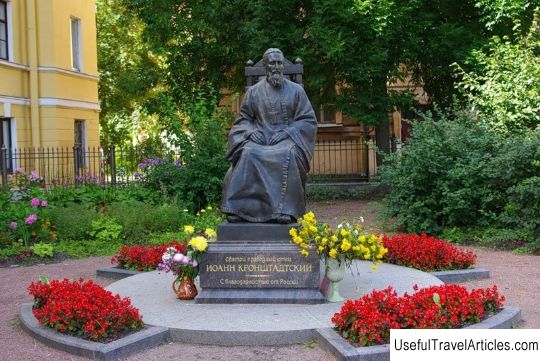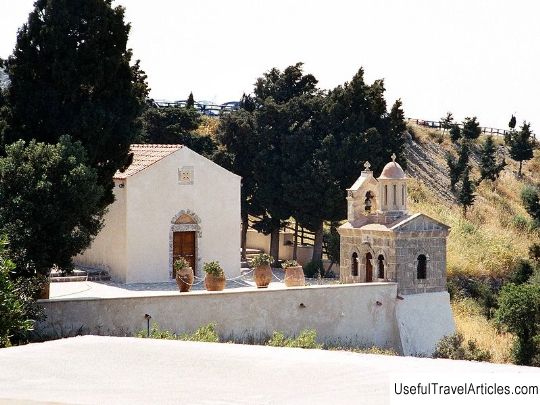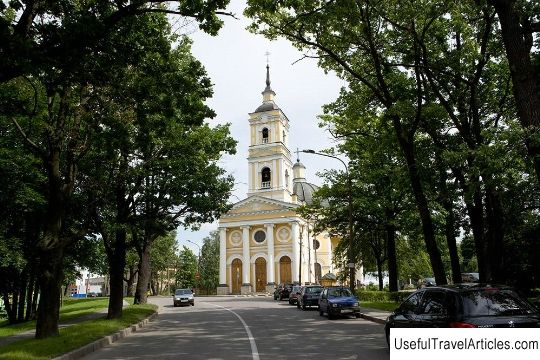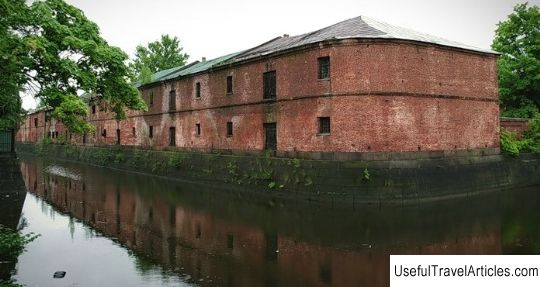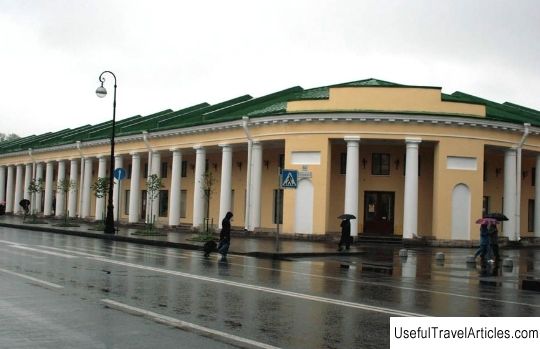Chapel of the Epiphany ”Savior on the Waters” description and photos - Russia - St. Petersburg: Kronstadt
Rating: 7,9/10 (2433 votes) 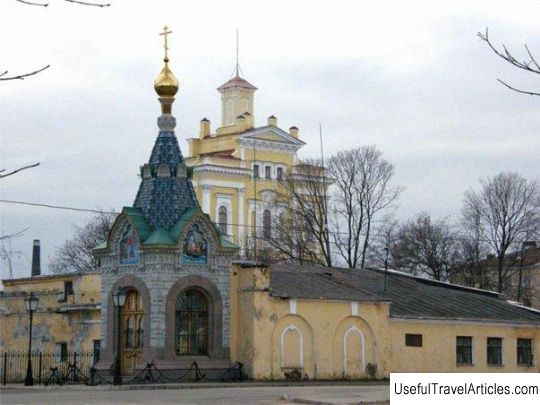
Chapel of the Epiphany "Savior on the Waters" description and photos - Russia - St. Petersburg: Kronstadt. Detailed information about the attraction. Description, photos and a map showing the nearest significant objects. Photo and descriptionIn 1858 a small wooden chapel appeared at the St. Petersburg Gate, built with the money of the merchant I. Osetrov. The architect of this chapel was R.I. Kuzmin. But in 1903, the chapel was moved to the Kronstadt Gate, and in its place it was decided to build a stone chapel "Savior on the Waters" in honor of the bicentennial of the city of Kronstadt. Building materials were allocated from the treasury. The project of the chapel was developed by the architect of the Naval Cathedral, Professor V. Kosyakov and his assistant architect A. Witsel. A. Witsel himself directly supervised the construction. On July 27, 1903, a prayer service was held in honor of the beginning of the construction of a new stone chapel. At the same time, work began on the construction of the foundation of the new chapel. In the fall, On September 28, 1903, the chapel was laid in the presence of the commander-in-chief of the Kronstadt Military Port, Vice Admiral Stepan Osipovich Makarov. The rector of the Epiphany Church, priest Ivan Pogodin, consecrated the foundation of the chapel. The location of the chapel was chosen on a small elevation, the slopes of which were laid out with cobblestones. The fence was made of crossed anchors, which were connected by a thick ship's chain. The orientation of the building to the cardinal points did not coincide with the traditional one, because the location was chosen based on the site plan. So, the entrance to the chapel was on the east side, and not on the west, as usual, and the western wall was adjacent to the wall of the city building. On the plan, the chapel was represented as a square. The construction of the chapel was carried out with donations from the citizens of the city and therefore proceeded slowly. The contractors worked for free. In winter, work breaks were made due to bad weather and cold weather. However, by the spring of 1904, they had time to erect the walls, began to lay the floor and erect the dome. In the summer, the walls were already tiled, and the mosaic icons made for the chapel were temporarily placed in the Nikolaev Naval Hospital. By the middle of autumn, the building was almost ready, a cross was erected, scaffolding was removed. The basement was made of large blocks of red granite. The walls were finished with massive granite slabs, which were not well processed and created a contrast between themselves and the casing, made of smoothly polished red granite. The roof of the chapel was made in the form of an octagonal pyramid covered with green and blue diamond-shaped tiles. In Kronstadt, this was the first building with such a roof. Inside, large carved oak doors were installed, the glasses in which were nasalized, like all other glasses in the chapel. Outside the chapel, three large icons were installed in icon cases. On the east side was the icon "The Salvation of the Apostle Peter by Jesus Christ on the Lake of Gennesaret". The icon was made from mosaics and brought from St. Petersburg. The other two icons were painted on copper. From the north - "The Appearance of the Mother of God to the Holy Elder Seraphim of Sarov" and from the south - "St. Nicholas the Wonderworker". On the western side, the icon case was not filled, since only the upper part of the building was visible because of the adjacent building. The kiot was made of cement (like the adjoining part of the frieze) and, most likely, for decorative purposes. The chapel's interiors are simple. The walls are finished with plaster and are crowned with a narrow profiled cornice with croutons. The overlap is made in the form of a dome with a central ventilation hole hidden under a curly metal grill with a hook for a chandelier. The floor is made of metlakh tiles. During the Soviet years, the chapel was destroyed and started up. In the 80s, it was covered with forests, but no restoration work was carried out. Only in 2003, it began to be restored at the expense of the organization of the State Unitary Enterprise "Vodokanal of St. Petersburg". On the occasion of the 300th anniversary of the city of Kronstadt in 2004, the restored chapel was opened and consecrated by Archpriest Svyatoslav Melnik.      We also recommend reading Church of Alexy Metropolitan of Moscow in Taitsy description and photos - Russia - Leningrad region: Gatchinsky district Topic: Chapel of the Epiphany ”Savior on the Waters” description and photos - Russia - St. Petersburg: Kronstadt. |
